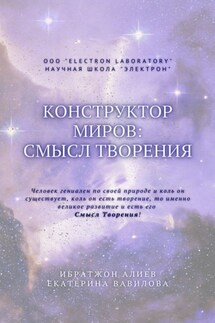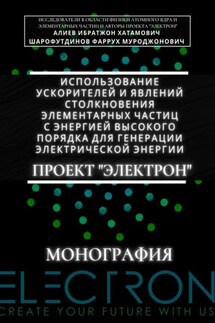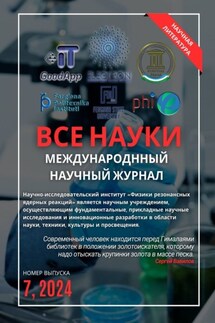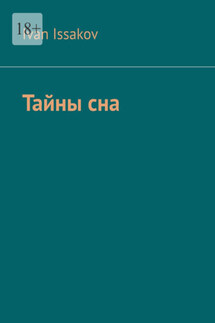Все науки. №7, 2024. Международный научный журнал - страница 6
>2Fergana Polytechnic Institute, 150100, Republic of Uzbekistan, Ferghana region, Ferghana
>3Fergana branch of Tashkent University of Information Technologies named after Mukhammad al-Khwarizmi, 185, Mustaqillik street, Fergana, 150118, Uzbekistan
Abstract. The paper presents a study on modeling the quantum mechanical process of tunneling a beam of charged particles to transmit information over long distances. The Schrodinger equation is used for the analysis, boundary and initial conditions are formulated. The initial conditions are the values of the quantum mechanical probability function from the square of its modulus at the initial moment of time and at the final moment, depending on the distance. Experimental data were used as data for the calculation. The solution of the problems was carried out using the method of separation of Fourier variables. In conclusion, the parameters of the simulated system with its features and corresponding graphical representations are given. Based on the results obtained, conclusions are drawn on the effect of tunneling in the transmission of information.
Key words: Subsequent, spirit, Kuiper, equation, planet Earth, transmission technology
Introduction
The development of information technology in the modern industry leads to the need to improve data transmission systems at high speeds. The improvement of technologies for sending electromagnetic signals between different communication systems was initially organized on the principles of interaction through a direct conductor, which was observed in local installations where individual blocks of a particular design interacted with each other transmitting the necessary data [1]. In this case, the speed and volume of data transmission was limited by the network capabilities, in the case of speed, it was the speed depending on the difference in the created potentials or on the speed of charges in the conductor, the volume depended on the quantitative possibility of transferring charges over a certain distance.
Subsequent developments led to the discovery of oscillatory circuit technology, and even taking into account the development of the original technology with the search for combining materials, the method of transmitting information by direct transmission through an electromagnetic field at a speed scale became and remained a priority [2—4]. The boundary value in this case was the velocity of wave propagation, depending on the parameters of the medium, equal to the speed of light in a particular medium. Bandwidth also became the final indicator of volume, but unlike the first option, a significant obstacle appeared in this data transmission technology in the global and local sense – data loss. In this case, the opening of opportunities for third-party perception of information or decryption is not understood, but the direct loss of data due to a decrease in the amplitude and power of the directed electromagnetic signal towards the receiver.
With the development of the basics of technology and the improvement of both methods of information transmission, a third class of technologies was formed [2—3; 5—6] capable of sending signals over long distances with minimal losses and at a speed equal in magnitude to the speed of propagation of an electromagnetic field in a vacuum – fiber optic networks. At the same time, they had all the advantages of conductor technology regarding the possibility of increasing volumes at maximum speed, however, in this case, the speed, even taking into account its extreme indicators with the achievement of the maximum vacuum level, was insufficient with the growing needs of current technological networks. An increase in the volume of data transmission leads to an increase in the scale of installations, which does not meet the requirements of the current time, based on this, there is a need for research and development of technologies with more advanced capabilities.









